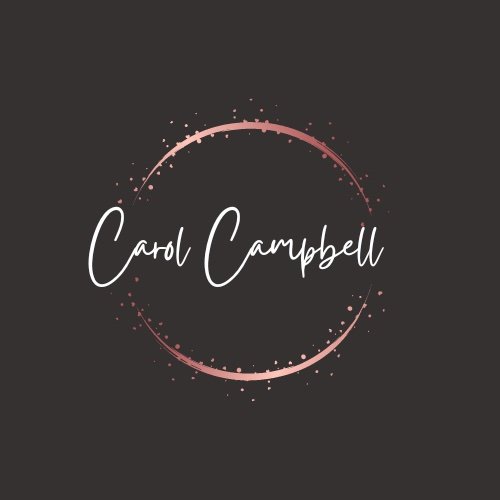Kate Yonkers strikes you as the kind of person you would have hung out with in college.
She’s got that easy going demeanor and a warm smile that complements her hip but professional style. Her office in DC offers a patchouli induced calmness coupled with the artfully placed Buddha statues and subtle-toned Sanskrit art to help you remove yourself from the hyper drive mentality that metro areas propagate. Kate, by the way, is my new acupuncturist.
Kate discovered acupuncture when she went to meet a boyfriend for a rendezvous in Telluride. She says Telluride is a place of seekers, where people channel shamans and are visited by angels. She sought out an acupuncturist while staying there to get help for some health issues. Though the practitioner she found was kind and did the job of treating her symptoms, she wasn’t well-trained. Kate was inspired, though, and decided this kind of practice should not stay hidden in a community of believers. As she puts it, she wanted to invite the skeptics and so returned to college for pre-med and then 4plus years of study in acupuncture and Chinese medicine in Seattle.
Acupuncture, the practice of inserting thin needles into specific body points to improve health and well-being, originated in China more than 2,000 years ago. In 2002, acupuncture was used by an estimated 2.1 million U.S. adults, according to the Centers for Disease Control. A landmark study has shown that acupuncture provides pain relief and improves function for people with osteoarthritis of the knee and serves as an effective complement to standard care. The study, the largest Phase III clinical trial of acupuncture for knee osteoarthritis, was funded by NCCAM and the National Institute of Arthritis and Musculoskeletal and Skin Diseases, both components of the National Institutes of Health.
Kate begins our session by reviewing the detailed questionnaire I’ve completed for her, a list that asks about everything from anxiety to bladder control. She asks me to stick out my tongue – how she’ll determine anything from that I have no idea. She puts her hands on my wrists and then gently but firmly, grasps my ankles. Immediately I feel warmth and a tug in my belly, a sensation that was very similar to a Reiki session I had years ago. Kate explains the body is responding to her intentions. She says science has discovered that the brain moves from sympathetic activity (flight/fight mode) to parasympathetic activity (rest/digest mode) during acupuncture sessions. This means that there is a more engaged response by my body affecting deeper levels for potential healing.
There is something both exotic and comforting at work here. I’ve been an avid fan of the esoteric for years, seeking out arcane wisdom, herb lore and occult science like the teenagers of today ingest vampire love. But something about the work of the eastern trinity of yoga, mindfulness and Chinese medicine turns knowledge around on its heel until it faces you and says, do the work. Walk the walk. I’ve been really good up until now just talking the talk.
Going to see Kate is one of several steps toward wanting to do right by my body. I guess living into your forties helps you see clearly how much you’ve abused and neglected yourself in your youth. You want the body parts to last into their finite future as long as possible.
So here I am, with a couple of knee issues and an achy arch in my left foot. When she inserts the tiny needles, I am told to lie still for 28 minutes. One needle is in my forehead, one at the bottom of my foot, one in my hand, two in my ear…and so on. I look like a porcupine auditioning for the role of Grizabella Cat.
The needles don’t hurt per se unless I move around. They have been inserted along the meridian points of my body. The meridians are pathways where chi flows. Think of chi like “the Force” from Star Wars, an energy that moves through all living things. If our chi is blocked, stagnation may develop that inhibits healing. Chi’s energy is like ducks on the water, Kate tells me. All the meridians of the body need to be free flowing, but there are some meridian channels that Americans appear to benefit from more than others.
Lying still on the table for 28 minutes is torturous for me. 28 minutes is the amount of time necessary for the chi to do its thing. I was the kind of fidgety kid who could never really master the art of sitting still for very long. This is very similar to savasana; you know, the last 15 minutes of yoga class where you get to relish the energy flowing through your body after all the wonderful work you’ve done. Very difficult to not contemplate the grocery list and the errands at large rather than my navel.
Kate says the future of acupuncture is not clear. The American Medical Association lobby works to protect primary care for individuals, which maintains a very traditional view of health care. Though supportive of the AMA, Kate posits that people who are unaware about their options on day-to-day health today might, ten years from now, seek acupuncture, Chinese herbs and other nutritional support to provide useful help before going immediately to their primary care physician. This would be a first step in lowering maintenance problems instead of just thinking they can pop a pill. Currently, her largest demographic is women in their thirties and forties seeking IVF. Acupuncture is being used in this way as a complementing force to help the chances of a successful pregnancy. This is east meets west in medicine at its most altruistic. For women’s wanting children, what could be a better time for greater wellness?
On-line Sources:
www.acupuncture-dc.net
http://nccam.nih.gov/news/2004/acu-osteo/pressrelease.htm
http://www.nlm.nih.gov/medlineplus/acupuncture.html

